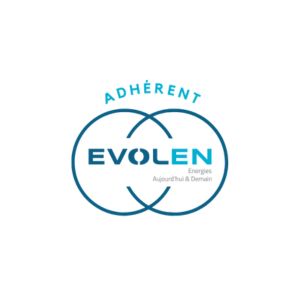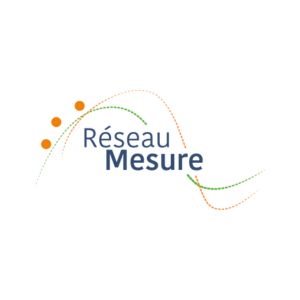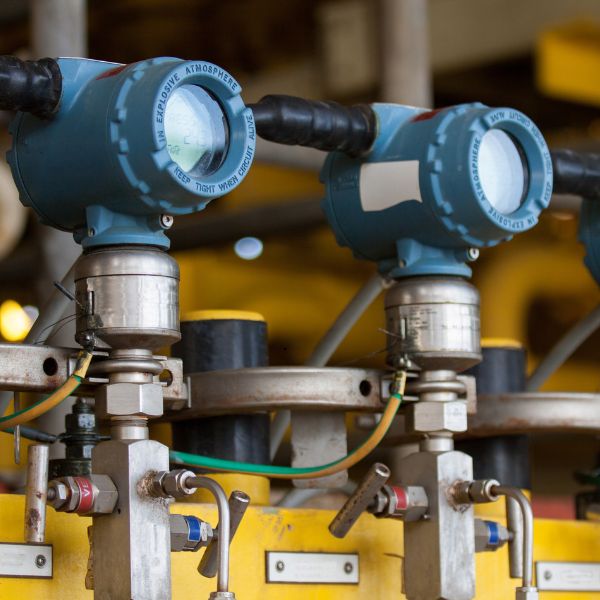
Field Services
high-level maintenance services for your industrial instrumentation
Preventive and corrective maintenance to maximize productivity
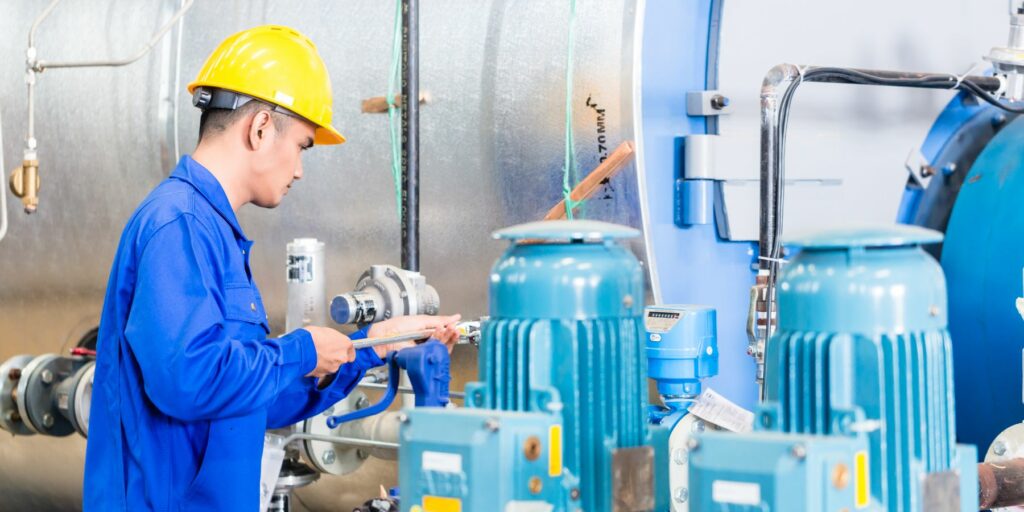
At CIRA, our maintenance services are designed to ensure the long-term performance, reliability, and safety of your industrial instrumentation systems. From preventive checks to rapid emergency repairs, we work to reduce downtime, enhance efficiency, and keep your operations running at full capacity.
Our preventive maintenance approach includes routine inspections and precise calibrations to identify and resolve issues before they escalate. We examine every component to confirm it operates within specifications and make necessary adjustments to maintain optimal accuracy and functionality.
Why Choose CIRA?
your productivity is our priority!
Our Maintenance Commitment
When urgent situations arise, our teams are prepared to respond quickly and effectively. We understand that uninterrupted production is critical to your business success. That’s why we deliver fast, targeted maintenance actions—ensuring minimal disruption and maximum continuity.
By partnering with CIRA for your instrumentation maintenance, you benefit from expert care that extends the life of your equipment, optimizes performance, and maintains safety compliance—so you can stay focused on your production goals with total confidence.
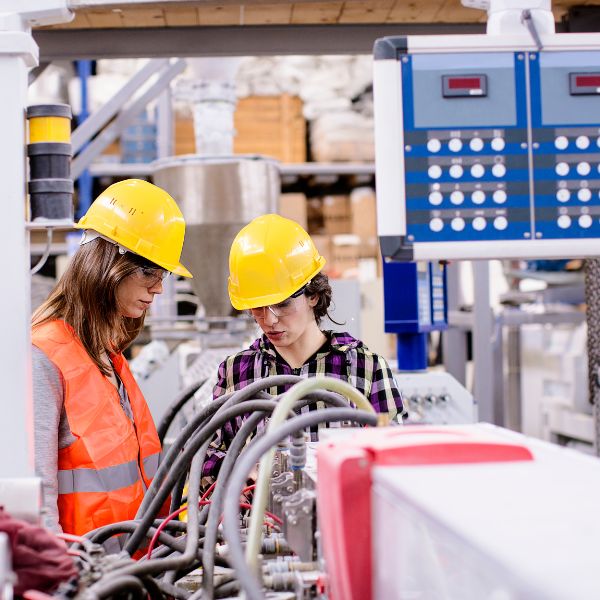
Equipment reliability
We conduct systematic inspections and calibrations to keep your systems running smoothly and avoid unexpected failures.
Downtime reduction
We provide rapid diagnostics and repairs to minimize production interruptions and maintain peak operational output.
Equipment Life Extension
Through proper care and adjustment, we help extend the lifespan of your assets—delivering long-term cost savings.
Safety and Compliance
We ensure all installations comply with current safety and regulatory standards, safeguarding both your teams and your infrastructure.
Tasks performed
CIRA maintenance, step by step
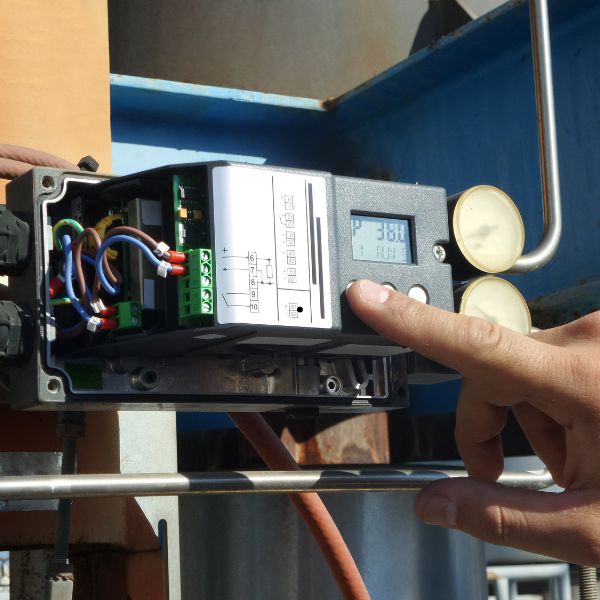 01
01Removal and installation of equipment
Valve and sensor removal is the safe removal of equipment, often for maintenance or replacement. Re-installation is the reassembly of the equipment after repair or checking. Wiring and cable glands are checked, and cable heads repaired, if necessary, during reassembly.
Our priorities include careful handling to avoid damage, adherence to safety procedures, and ensuring correct calibration for reliable measurements. Precise documentation and rigorous testing are carried out to maintain system integrity.
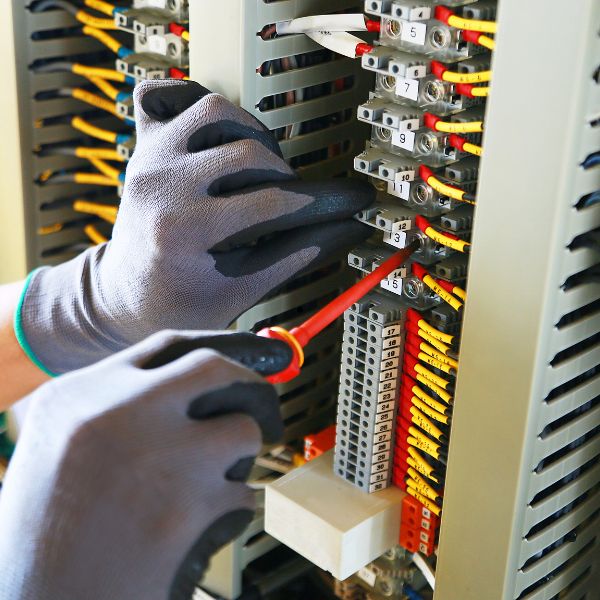 02
02Replacing or upgrading equipment
Replacing or upgrading equipment involves modernizing or substituting existing equipment to improve performance, reliability or compatibility with new technologies. This includes the installation of new sensors, controllers or measurement systems.
Our priorities are the compatibility of new equipment with existing systems, the need to minimize service interruptions, and the assurance of precise calibration to maintain measurement accuracy. Careful planning and thorough testing are carried out to ensure reliable operations and optimize production costs, guaranteeing a smooth transition and avoiding operational disruption.
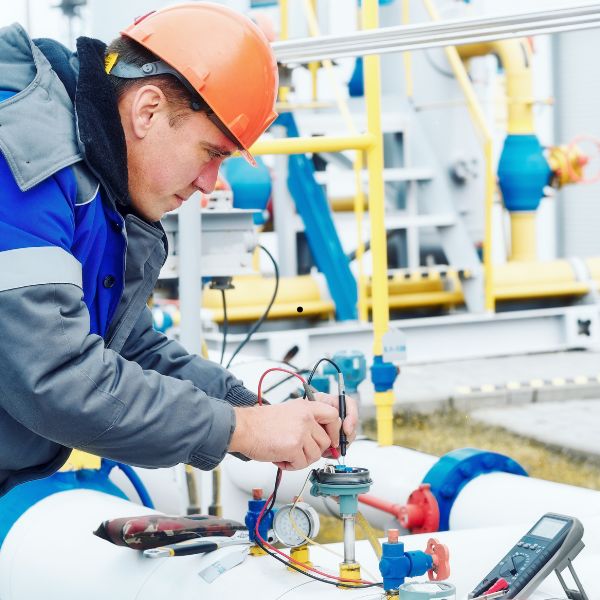 03
03Calibration
Calibrating transmitters involves comparing their measurements with known reference values to check and adjust their accuracy. This process ensures that the equipment delivers accurate and reliable readings, essential for the smooth running of industrial processes and operational safety.
Our priorities are the use of certified standards, compliance with standardized procedures, and the completion of calibration sheets. Calibration must be carried out regularly to maintain measurement integrity, taking into account environmental conditions and manufacturer-specified tolerances. Rigorous traceability is essential to ensure compliance with industry standards.
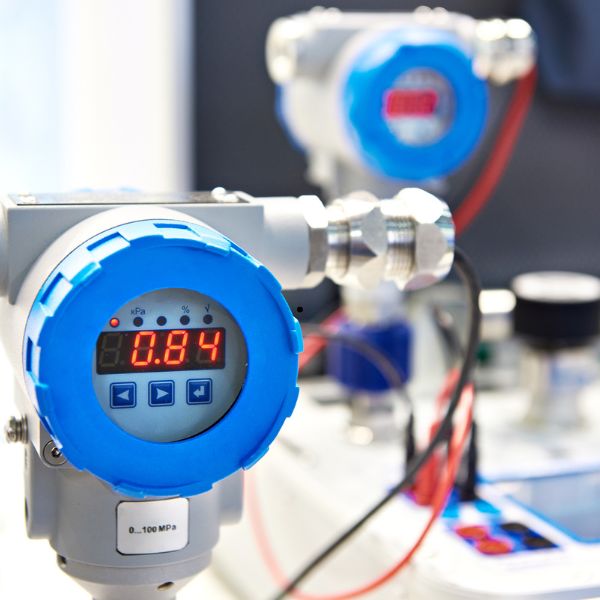 04
04Control loop synchronization
Control loop synchronization in industrial instrumentation involves coordinating the operations of several control loops to ensure optimum, consistent performance of the overall system. This involves forcing several values on a sensor, and checking that these values are correctly transmitted to the control room via the cabling.
Our priorities are the accuracy of values transmitted to the PLC, the accuracy of response times between loops, and continuous monitoring to detect and correct offsets. Clear documentation and regular testing are essential to maintain synchronization and guarantee system stability.
 05
05Troubleshooting
Troubleshooting involves identifying and resolving problems or anomalies in measurement and control systems. This involves diagnosing the causes of malfunctions, whether electrical, mechanical or PLC-related, and implementing solutions to restore equipment to proper working order.
Our priority is to work with the production department to identify faults. When a problem is reported, our instrument specialist talks to the operator of the unit concerned to locate the malfunction. Together, they analyze the various symptoms to determine when and where the system stopped working properly. This approach makes it possible to quickly distinguish whether the problem originates in the PLC or in another component, such as a valve or sensor, and considerably reduce downtime or system failure.
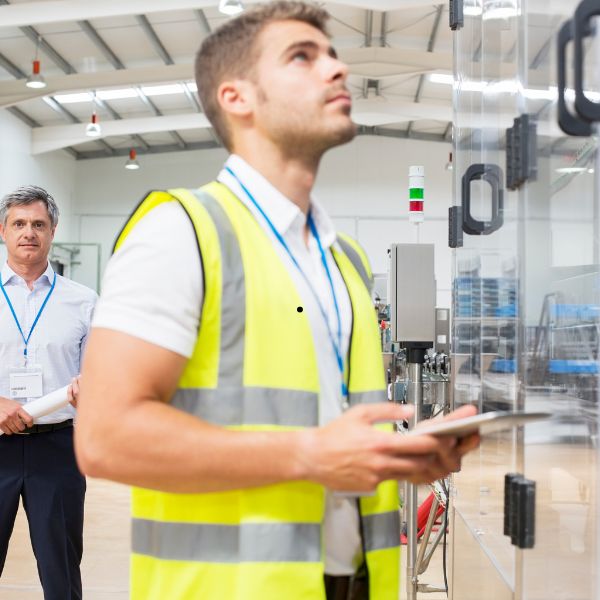 06
06Control and compliance
Control and compliance involve checking that equipment and processes comply with current standards and regulations. This involves ensuring that measuring and control instruments operate to defined specifications, and that operations are carried out in accordance with legal requirements and industry standards.
Our priorities are to ensure that equipment and accessories are installed in zones corresponding to their classification level (e.g. ATEX), and that the installation of the entire system is compliant. We inform the operator if an anomaly is detected. They also cover the implementation of regular verification procedures and the keeping of detailed documentation of inspection results. We also keep abreast of regulatory developments, and train staff in best practices to ensure ongoing compliance.
 07
07Documentation
Documentation is essential to ensure traceability, maintenance and compliance of measurement and control systems. It encompasses the creation and management of documents detailing installation, calibration and maintenance procedures, as well as test and verification results.
Our priorities are to provide the operator’s methods department with all the information they need to keep their technical documentation up to date. This includes information on any modifications we make to the installation (equipment changes, wiring modifications), or any discrepancies we observe between documentation and reality in the field.
 08
08On-call duty 3x8h and 2x8h
On-call means ensuring that technical staff are always available to intervene rapidly in the event of a problem or breakdown, on or off working days and hours. This ensures continuity of operations and minimizes interruptions.
We work 3x8h and 2x8h shifts to ensure that our on-site services are available for the full duration of operations, particularly during site shutdowns and restarts, which can take place over a relatively long continuous period, but are strategic in terms of productivity and safety.
Our priorities are absolute compliance with regulations, to guarantee our customers and employees the best possible availability and working conditions.
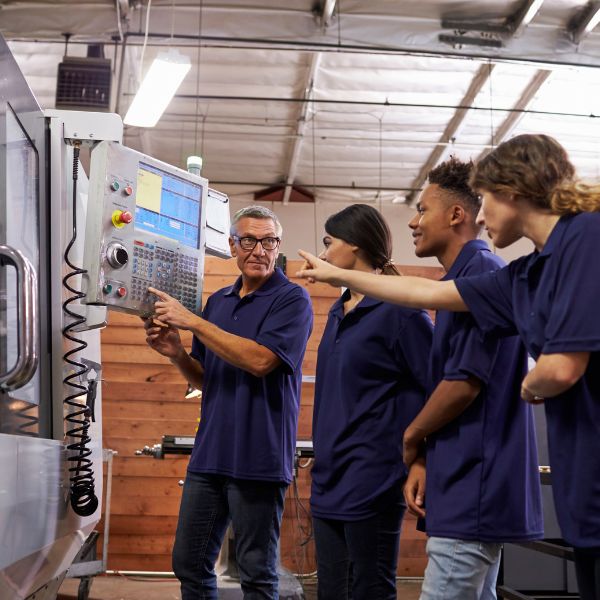 09
09Training
Industrial instrumentation training aims to enhance technical skills and optimize equipment operation. This includes teaching the fundamental and advanced principles of instrumentation, providing practical advice on the use and maintenance of equipment, and ensuring optimum use of systems.
Our priorities are the adaptability and relevance of training programs to meet the needs of industrial instrumentation professions and the specificities of different industries. Clear documentation and well-defined assessment procedures are developed.
